Home>Articles>How Many Inches Of Insulation Should Be In An Attic
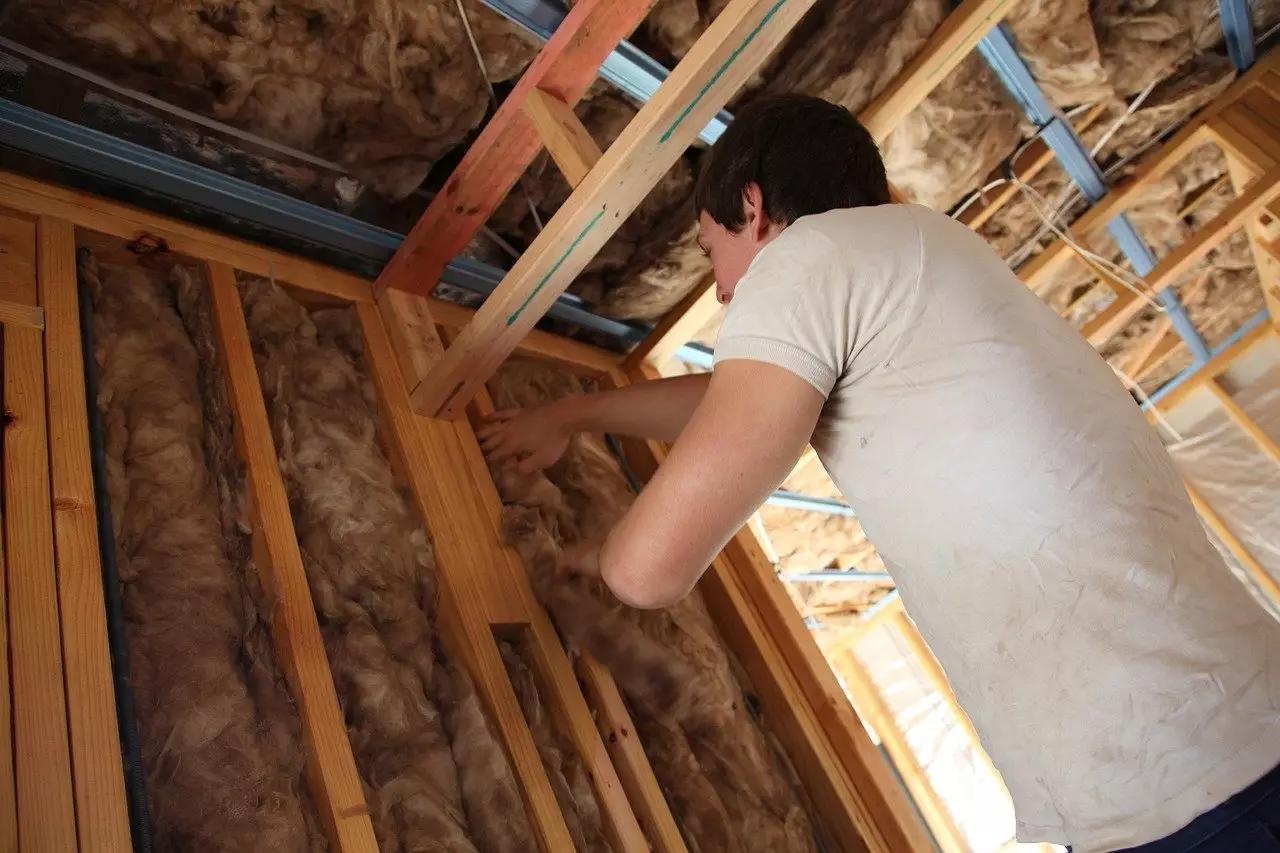

Articles
How Many Inches Of Insulation Should Be In An Attic
Modified: October 20, 2024
Discover the ideal amount of insulation for your attic in this informative article. Learn how many inches of insulation you should have to maximize energy efficiency and reduce heating and cooling costs.
(Many of the links in this article redirect to a specific reviewed product. Your purchase of these products through affiliate links helps to generate commission for Storables.com, at no extra cost. Learn more)
Introduction
Welcome to the world of attic insulation—a crucial aspect of any home or building construction. When it comes to optimizing energy efficiency, maintaining comfortable indoor temperatures, and reducing heating and cooling costs, having the right amount of insulation in your attic is paramount. But how do you determine the optimal amount of insulation for your attic?
In this article, we will explore the various factors to consider when determining how many inches of insulation should be in an attic. We will delve into the recommended R-value for attic insulation, methods for determining the existing insulation depth, how to calculate the required insulation depth, and common types of attic insulation. Additionally, we will discuss the proper installation techniques, the benefits of proper attic insulation, and common mistakes to avoid.
So, whether you are a homeowner looking to improve energy efficiency or a contractor seeking in-depth knowledge of insulation requirements, this article is for you. We will provide you with comprehensive information and insights to guide you in making informed decisions about your attic insulation needs.
Key Takeaways:
- Proper attic insulation is crucial for energy efficiency, indoor comfort, and noise reduction. Consider climate, R-values, and installation methods to achieve optimal results and long-term savings.
- Avoid common insulation mistakes such as inadequate coverage, compression, and ignoring air leaks. Proper installation and adherence to building codes are essential for effective attic insulation.
Read more: How Thick Should Insulation Be In Attic
Factors to Consider
Before determining the appropriate amount of insulation for your attic, it’s crucial to consider several factors that can influence the decision. These factors include:
- Climate: The climate in your region plays a significant role in determining insulation requirements. Colder climates need higher insulation values to prevent heat loss and maintain proper indoor temperatures, while warmer climates focus on reducing heat gain.
- Building Codes: Familiarize yourself with local building codes and regulations regarding insulation. They may prescribe minimum R-values or depth requirements to ensure compliance with energy-efficiency standards.
- Building Design: The architecture and design of your building can also impact insulation needs. Factors like the age of the building, its size, and the presence of air leaks or drafts can affect how much insulation is necessary.
- Environmental Considerations: Think about the impact of insulation materials on the environment. Some options, like fiberglass or cellulose, may be more environmentally friendly compared to others.
- Budget: Set a budget for your insulation project. Different insulation materials and thicknesses come with varying costs. Consider the long-term energy savings when evaluating the investment in insulation.
These factors collectively play a significant role in determining the appropriate amount of insulation for your attic. It’s essential to consider them carefully to ensure you select the right insulation depth for optimal performance and energy efficiency.
Recommended R-Value for Attic Insulation
The R-value is a measurement of the resistance of insulation material to heat flow. The higher the R-value, the more effective the insulation is at preventing heat transfer. The recommended R-value for attic insulation depends on the climate zone you reside in. The R-value requirements are generally categorized into zones, with each zone having a corresponding recommended range. Here are the general recommendations:
- Zone 1: In hot climates, the recommended R-value for attic insulation ranges from R30 to R60.
- Zone 2: In warm climates with less heating demand, the recommended R-value is typically R30 to R60.
- Zone 3: In temperate climates, the recommended R-value ranges from R38 to R60.
- Zone 4: In cold climates, the recommended R-value is typically R49 to R60.
- Zone 5: In very cold climates, the recommended R-value is generally R49 to R60.
It’s important to note that these recommendations serve as general guidelines and may vary based on specific local regulations and energy codes. Additionally, factors such as the age and design of your home, as well as your personal comfort preferences, may influence the recommended R-value.
Consult with a local building professional, energy assessor, or insulation contractor to determine the specific R-value requirements for your attic insulation. They can provide you with detailed information and help you make informed decisions regarding the ideal R-value for your particular climate and circumstances.
Determining the Existing Insulation Depth
Before you can determine how many inches of insulation should be in your attic, it’s important to assess the existing insulation depth. This will help you determine if additional insulation needs to be added to meet the recommended R-value. Here are a few methods to determine the existing insulation depth:
- Visual Inspection: Start by visually inspecting your attic. Look for insulation materials such as fiberglass batts, blown-in cellulose, or spray foam. Measure the depth of the insulation in various areas to get an idea of its thickness. Take note of any areas that may be lacking insulation or have compacted insulation.
- Ruler or Tape Measure: If the insulation is easily accessible, use a ruler or tape measure to measure the thickness of the insulation. Insert the ruler or tape measure vertically into the insulation and note the depth. Repeat this process at different locations to get an average measurement.
- Infrared Camera: If you have access to an infrared camera or can hire an energy auditor, consider using this technology to assess the insulation depth. Infrared cameras can detect variations in temperature and provide a visual representation of insulation levels. Cooler areas indicate inadequate insulation.
- Hire a Professional: If you’re unsure about how to determine the existing insulation depth, consider hiring a professional insulation contractor or energy auditor. They have the expertise and tools to accurately assess your attic insulation levels and provide recommendations based on your specific needs.
Once you have determined the existing insulation depth, compare it to the recommended R-value for your climate zone. If your current insulation falls below the recommended level, you will need to add more insulation to achieve the desired R-value.
Note that it is important to remove any damaged or compromised insulation before adding new insulation. Cleaning and preparing the attic space is crucial for effective insulation installation.
A thorough assessment of the existing insulation depth will help you understand the starting point for your insulation upgrade project. It will guide you in determining the amount of additional insulation needed to meet the recommended R-value and improve energy efficiency in your home.
Calculating the Required Insulation Depth
Once you have determined the recommended R-value for your attic insulation and assessed the existing insulation depth, you can calculate the required insulation depth to meet the desired R-value. Here’s how you can do it:
- Find the Difference: Calculate the difference between the recommended R-value and the existing R-value. This will give you the additional R-value needed to achieve the desired level of insulation. For example, if the recommended R-value is R49 and the existing R-value is R30, the difference is R49 – R30 = R19.
- Convert R-Value to Inches: Use a conversion chart or consult with an insulation professional to determine how many inches of insulation are equivalent to the additional R-value needed. Different insulation materials have different thermal resistance per inch. For example, fiberglass batt insulation typically has an R-value of around 3.1 to 4.3 per inch, while cellulose insulation has an R-value of approximately 3.2 to 3.7 per inch.
- Divide the Difference: Divide the additional R-value needed by the thermal resistance per inch of the chosen insulation material. This will give you the required insulation depth in inches. For instance, if you choose fiberglass batt insulation with an R-value of 3.5 per inch, and the difference in R-value is 19, then the required insulation depth would be 19 / 3.5 = 5.43 inches.
Keep in mind that insulation depths are typically rounded to the nearest inch. In this case, the required insulation depth would be rounded up to 6 inches in order to achieve the desired R-value.
It’s important to note that this calculation method provides an estimation and may vary based on the specific insulation material and manufacturer’s recommendations. Always refer to the manufacturer’s specifications and consult with a professional if you have any doubts or need further assistance with the calculation process.
By calculating the required insulation depth, you can determine the amount of additional insulation needed to achieve the recommended R-value. This step is crucial for ensuring that your attic insulation meets the desired thermal performance standards and provides optimal energy efficiency.
The recommended amount of insulation for an attic is typically between 10-14 inches, but this can vary depending on the climate and type of insulation used. It’s best to consult with a professional to determine the right amount for your specific situation.
Read more: How Many Inches Of Insulation Is R60
Common Types of Attic Insulation
When it comes to insulating your attic, there are several common types of insulation materials to choose from. Each material has its own strengths, installation methods, and costs. Understanding the different types of insulation will help you make an informed decision based on your specific needs. Here are some of the most common types of attic insulation:
- Fiberglass Batt Insulation: Fiberglass batt insulation is made of tiny glass fibers and is available in pre-cut panels or rolls. It is one of the most commonly used insulation materials. Fiberglass batts are cost-effective and relatively easy to install, making them suitable for DIY applications. However, it is important to ensure proper installation without any gaps or compression to achieve optimal performance.
- Blown-In Fiberglass Insulation: Blown-in fiberglass insulation consists of loose fiberglass particles blown into the attic using special equipment. It is an excellent choice for insulating irregular spaces and hard-to-reach areas. Blown-in fiberglass provides good coverage and is resistant to moisture and pests. Professional installation is recommended to ensure uniform application and avoid health hazards associated with handling loose insulation.
- Cellulose Insulation: Cellulose insulation is made from recycled materials such as newspapers and cardboard, which are treated with fire-retardant chemicals. It is a cost-effective and environmentally-friendly option. Cellulose insulation is typically blown into the attic using specialized equipment, ensuring even coverage. It offers excellent thermal performance and helps reduce air leakage. However, it can settle over time and may require periodic topping up.
- Spray Foam Insulation: Spray foam insulation is a versatile and effective option that can provide excellent insulation and air sealing properties. It is applied as a liquid that expands and hardens into a foam, filling gaps and sealing air leaks. Spray foam insulation can provide superior thermal performance and help prevent moisture intrusion. Professional installation is recommended due to the specialized equipment and expertise required.
- Rigid Foam Insulation: Rigid foam insulation boards are made from foam plastic such as polystyrene, polyurethane, or polyisocyanurate. They offer high R-values per inch and are moisture-resistant. Rigid foam insulation is commonly used in new construction or when insulating the exterior of the attic. It can be installed between rafters or applied directly to walls and roofs. Professional installation is recommended for proper sealing and to ensure compliance with building codes.
It’s important to evaluate the pros, cons, and specific characteristics of each insulation material before making a decision. Factors such as cost, installation complexity, effectiveness against air leakage, moisture resistance, and environmental impact should all be considered. Consulting with a professional insulation contractor can help you determine the best insulation type for your attic based on your specific needs and budget.
Remember, no matter which type of insulation you choose, proper installation is crucial for achieving the desired thermal performance and maximizing energy efficiency in your attic.
Installing Attic Insulation
Proper installation of attic insulation is key to achieving optimal thermal performance and energy efficiency. While the process can vary depending on the type of insulation material chosen, there are general guidelines to follow. Here are some steps to consider when installing attic insulation:
- Prepare the Space: Before installing insulation, ensure the attic space is clean, well-ventilated, and free from any debris or obstructions. Clear any potential barriers like electrical wiring or plumbing to provide a smooth installation surface.
- Seal Air Leaks: Identify and seal any air leaks in the attic. Common areas of air leakage include gaps around pipes, vents, electrical outlets, and seams between walls and ceilings. Use caulk, weatherstripping, or expanding foam to seal these areas and prevent heat loss or infiltration.
- Protective Gear: Wear appropriate protective gear, such as gloves, goggles, and a dust mask, to protect yourself from potential irritants during the insulation installation process. Follow safety guidelines provided by the insulation manufacturer.
- Follow Manufacturer Guidelines: Refer to the manufacturer’s installation guidelines for the specific insulation material being used. These guidelines will provide instructions on handling, cutting, and fastening the insulation correctly.
- Proper Placement: Place insulation material evenly and ensure it fills the entire attic space. Install insulation in layers, perpendicular to the floor joists, to avoid compression and maintain the required insulation depth. Be careful not to block any vents or cover recessed lighting fixtures to prevent overheating.
- Properly Insulate Attic Access Points: Pay attention to insulating attic access points, such as hatches or pull-down stairs, to prevent heat loss. Use weatherstripping or a pre-insulated access cover to provide an airtight seal.
- Consider Ventilation: Maintain proper attic ventilation by ensuring vents are not blocked by insulation. Proper airflow helps prevent moisture buildup and prolongs the lifespan of the insulation.
- Hire a Professional: If you are unsure about the installation process or have a complex attic space, consider hiring a professional insulation contractor. They have the expertise, equipment, and knowledge to ensure accurate and efficient installation.
Remember that each insulation material has specific installation requirements, so it’s essential to follow the manufacturer’s instructions. If in doubt, consult with a professional to ensure your insulation is installed correctly and performs optimally.
By following proper installation procedures, you can achieve effective attic insulation that helps maintain comfortable indoor temperatures, reduces energy consumption, and enhances the overall energy efficiency of your home.
Benefits of Proper Attic Insulation
Proper attic insulation offers a wide range of benefits that go beyond just energy savings. By ensuring your attic is adequately insulated, you can reap the following advantages:
- Improved Energy Efficiency: One of the primary benefits of proper attic insulation is enhanced energy efficiency. Insulation helps to reduce heat transfer, preventing heat loss in the winter and heat gain in the summer. This allows your HVAC system to work more efficiently, reducing energy consumption and lowering utility bills.
- Enhanced Indoor Comfort: Proper attic insulation helps maintain consistent indoor temperatures throughout the year. It minimizes hot and cold spots, eliminates drafts, and creates a more comfortable living environment by reducing temperature fluctuations.
- Noise Reduction: Attic insulation can act as a sound barrier, reducing the transmission of external noises into your home. It helps create a more peaceful and quiet indoor environment, making it easier to relax and concentrate.
- Moisture Control: Insulation materials like spray foam and cellulose can help control moisture and condensation in the attic. They have the ability to resist water absorption and prevent mold and mildew growth, improving indoor air quality and protecting the structural integrity of your home.
- Improved HVAC Lifespan: With proper attic insulation, your HVAC system doesn’t have to work as hard to maintain desired indoor temperatures. This reduces the wear and tear on the system, leading to a longer lifespan and potentially saving you from costly repairs or premature replacement.
- Environmental Impact: By reducing energy consumption through proper attic insulation, you contribute to a greener and more sustainable environment. Using less energy helps to reduce greenhouse gas emissions, lower carbon footprint, and mitigate the impact of climate change.
- Increased Property Value: A well-insulated attic adds value to your property. Potential homebuyers recognize the benefits and energy-saving potential of a properly insulated home, making it a desirable feature that can help increase the resale value of your property.
With these numerous benefits, investing in proper attic insulation is a sound decision that not only improves comfort and energy efficiency but also provides long-term savings and a positive environmental impact.
Remember, it is important to consider the recommended R-value for your climate zone and consult with a professional insulation contractor to ensure you choose the right insulation materials and achieve the desired results.
Common Mistakes to Avoid
When it comes to attic insulation, avoiding common mistakes is crucial to ensure optimal performance and long-term energy savings. Here are some common mistakes to avoid:
- Inadequate Insulation: One of the biggest mistakes is not having enough insulation in the attic. Insufficient insulation can result in energy loss, decreased comfort, and higher utility bills. Ensure you meet the recommended R-value for your climate zone to maximize insulation effectiveness.
- Compression or Gaps: Carefully install insulation without compressing or leaving gaps. Compressed insulation loses its effectiveness, while gaps allow for heat transfer and air leakage. Properly fit insulation between joists, ensuring full coverage and creating a continuous thermal barrier.
- Blocking Ventilation: Blocking attic vents with insulation is a common mistake. Proper attic ventilation is crucial for moisture control and preventing the buildup of heat and humidity, which can lead to mold growth and structural damage. Insulate around vents or use baffles to maintain proper airflow.
- Ignoring Air Leaks: Failing to address air leaks before installing insulation can undermine its effectiveness. Air leaks can lead to energy loss and drafts. Seal any gaps, cracks, or openings in the attic to prevent air infiltration and maintain a tightly sealed envelope.
- Insulating Over Existing Problems: Insulating over existing problems, such as moisture issues or damaged insulation, is a mistake that can exacerbate the problem. Ensure attic moisture issues are resolved, damaged insulation is removed, and any necessary repairs are made before installing new insulation.
- Incorrect Vapor Barrier Placement: Placing a vapor barrier on the wrong side of the insulation can trap moisture and lead to mold growth. Follow local building codes and climate-specific recommendations for proper placement, ensuring the vapor barrier is installed on the warm side of the insulation.
- DIY Installation Without Proper Knowledge: While DIY insulation installation is possible, it’s essential to have the necessary knowledge and skills. Improper installation can lead to insulation inefficiencies, health hazards, or even damage to your home. If unsure, seek professional assistance to ensure proper insulation installation.
- Ignoring Building Codes: Failing to adhere to local building codes and regulations can result in non-compliance and potential safety hazards. Research and understand the specific codes and requirements for attic insulation in your area or consult with a professional to ensure compliance.
By avoiding these common mistakes and taking the time to properly install and maintain your attic insulation, you can ensure its effectiveness, maximize energy savings, and create a comfortable and efficient living space.
Remember, if you’re uncertain about any aspect of attic insulation, it’s always wise to consult with an insulation professional who can provide expert guidance and ensure a successful insulation project.
Conclusion
Attic insulation plays a vital role in optimizing energy efficiency, maintaining comfortable indoor temperatures, and reducing heating and cooling costs. By understanding the factors to consider, recommended R-values, and how to determine the existing and required insulation depths, you can make informed decisions about your attic insulation needs.
Choosing the right insulation material and installing it correctly are essential steps in achieving the desired thermal performance. Fiberglass batt insulation, blown-in fiberglass, cellulose, spray foam, and rigid foam are all common types of attic insulation, each with its own benefits and installation requirements. Following proper installation techniques, sealing air leaks, and ensuring proper ventilation are crucial for obtaining optimum results.
The benefits of proper attic insulation go beyond just energy savings. Improved energy efficiency, enhanced indoor comfort, noise reduction, moisture control, and extended HVAC lifespan are some of the advantages you can enjoy. Attic insulation also contributes to a greener environment, reduces carbon footprint, and increases the value of your property.
In your insulation journey, be sure to avoid common mistakes such as inadequate insulation, compression or gaps, blocking ventilation, ignoring air leaks, insulating over existing problems, incorrect vapor barrier placement, DIY installations without proper knowledge, and non-compliance with building codes.
Ultimately, a well-insulated attic provides long-term benefits, saves energy costs, and creates a more comfortable living space. Whether you’re a homeowner looking to improve energy efficiency or a contractor aiming to meet insulation requirements, investing in proper attic insulation is a wise decision that pays off in the long run.
Consulting with professionals, following manufacturer guidelines, and staying up-to-date with local building codes will help ensure you make the right choices and achieve optimal results for your attic insulation project.
Frequently Asked Questions about How Many Inches Of Insulation Should Be In An Attic
Was this page helpful?
At Storables.com, we guarantee accurate and reliable information. Our content, validated by Expert Board Contributors, is crafted following stringent Editorial Policies. We're committed to providing you with well-researched, expert-backed insights for all your informational needs.
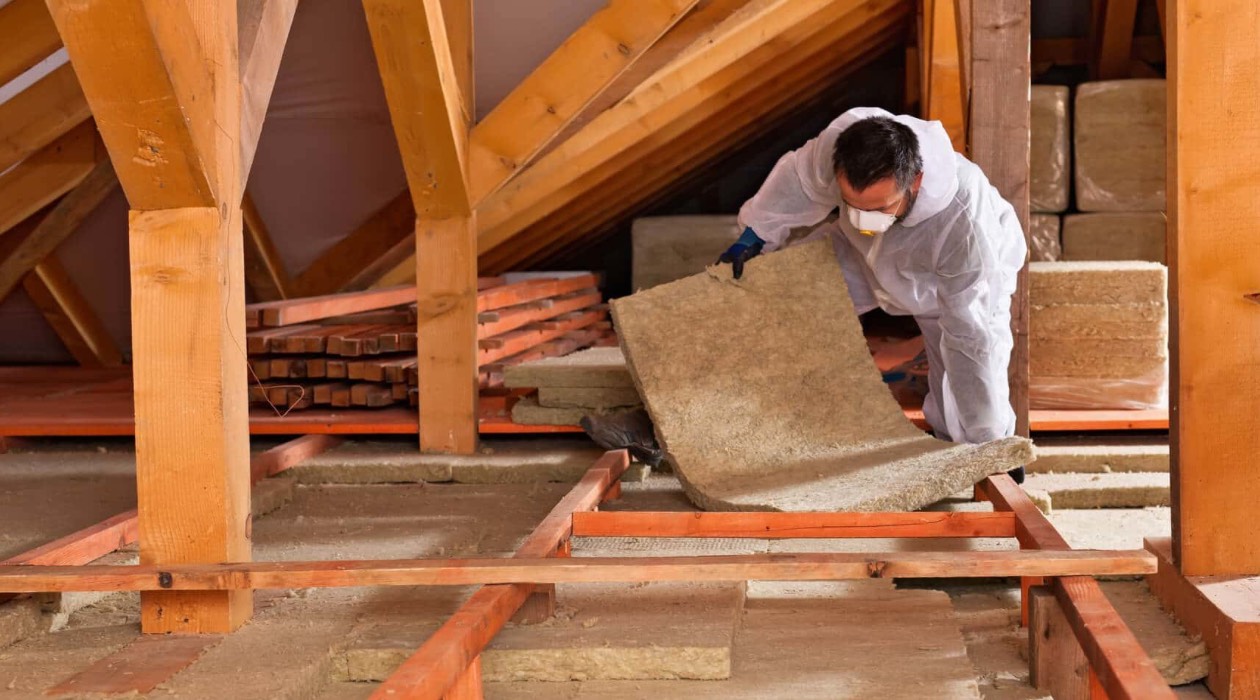
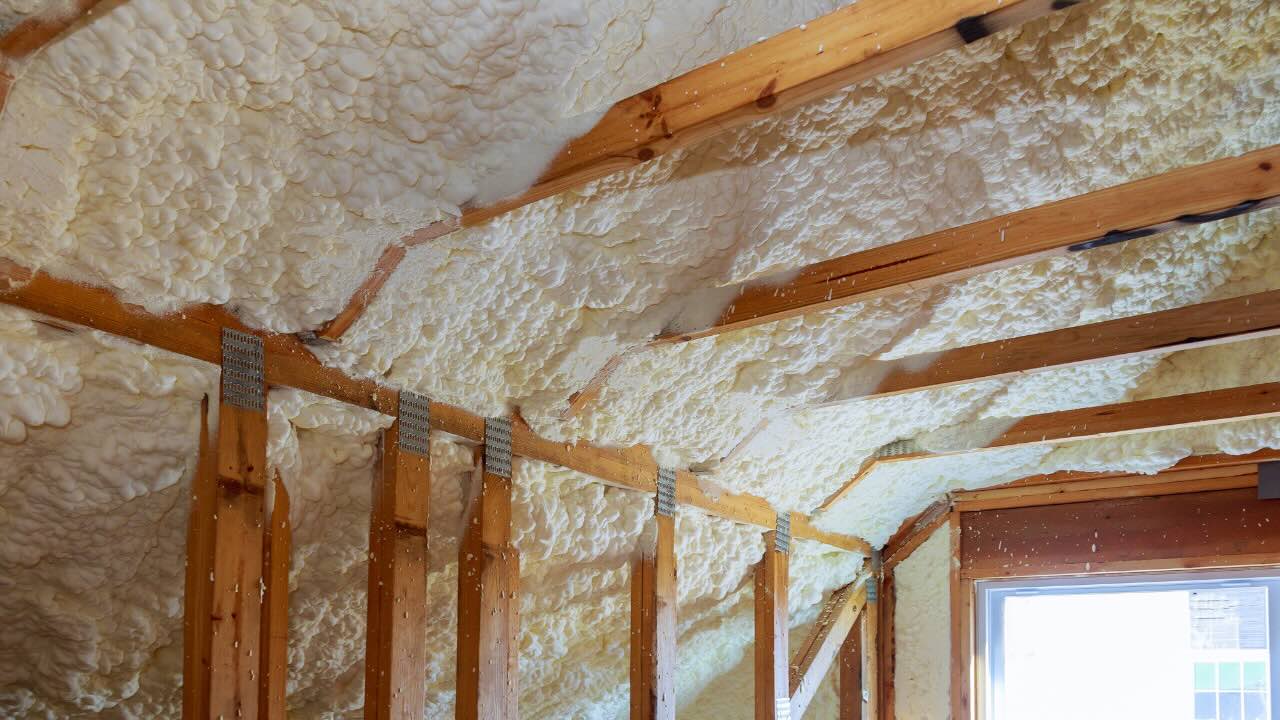
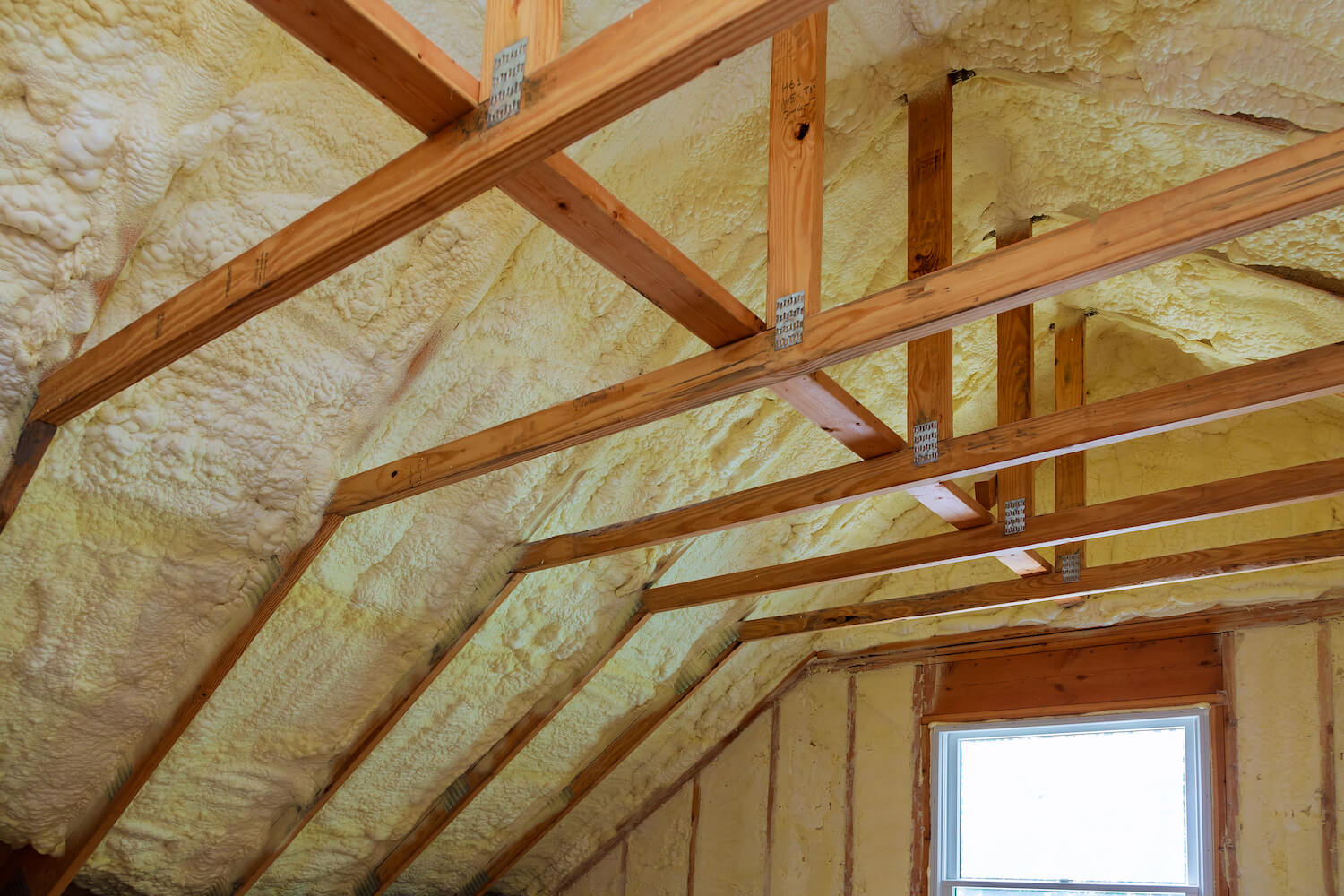
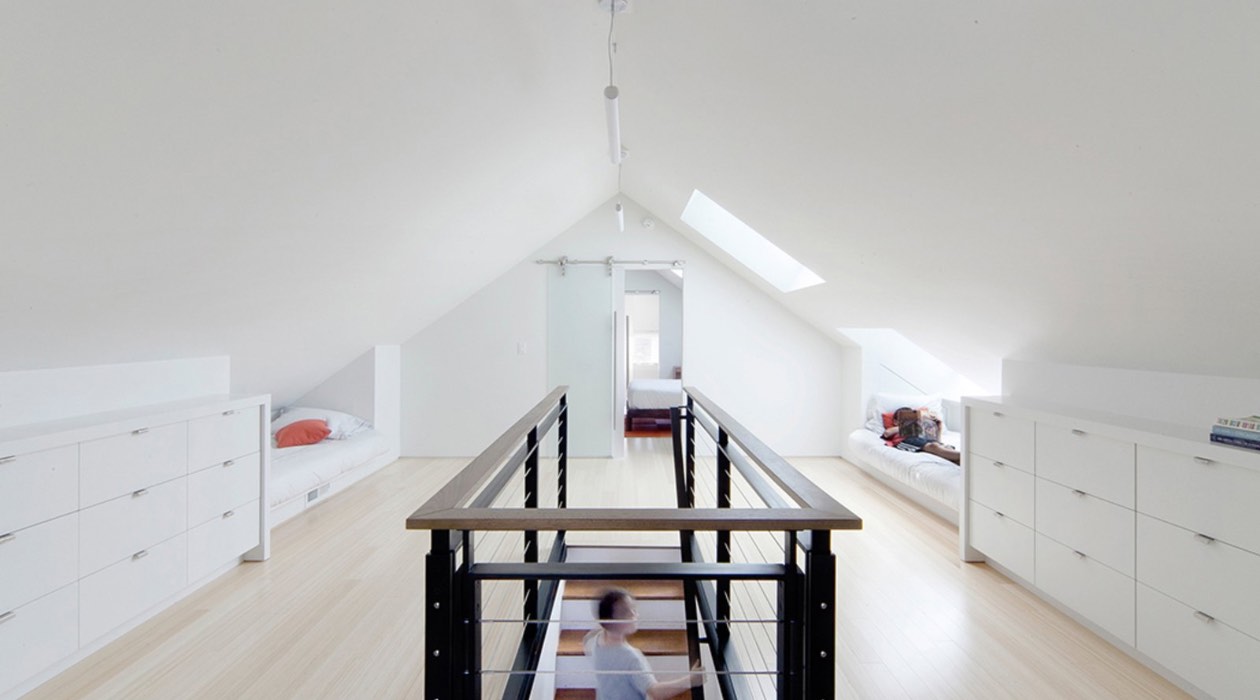
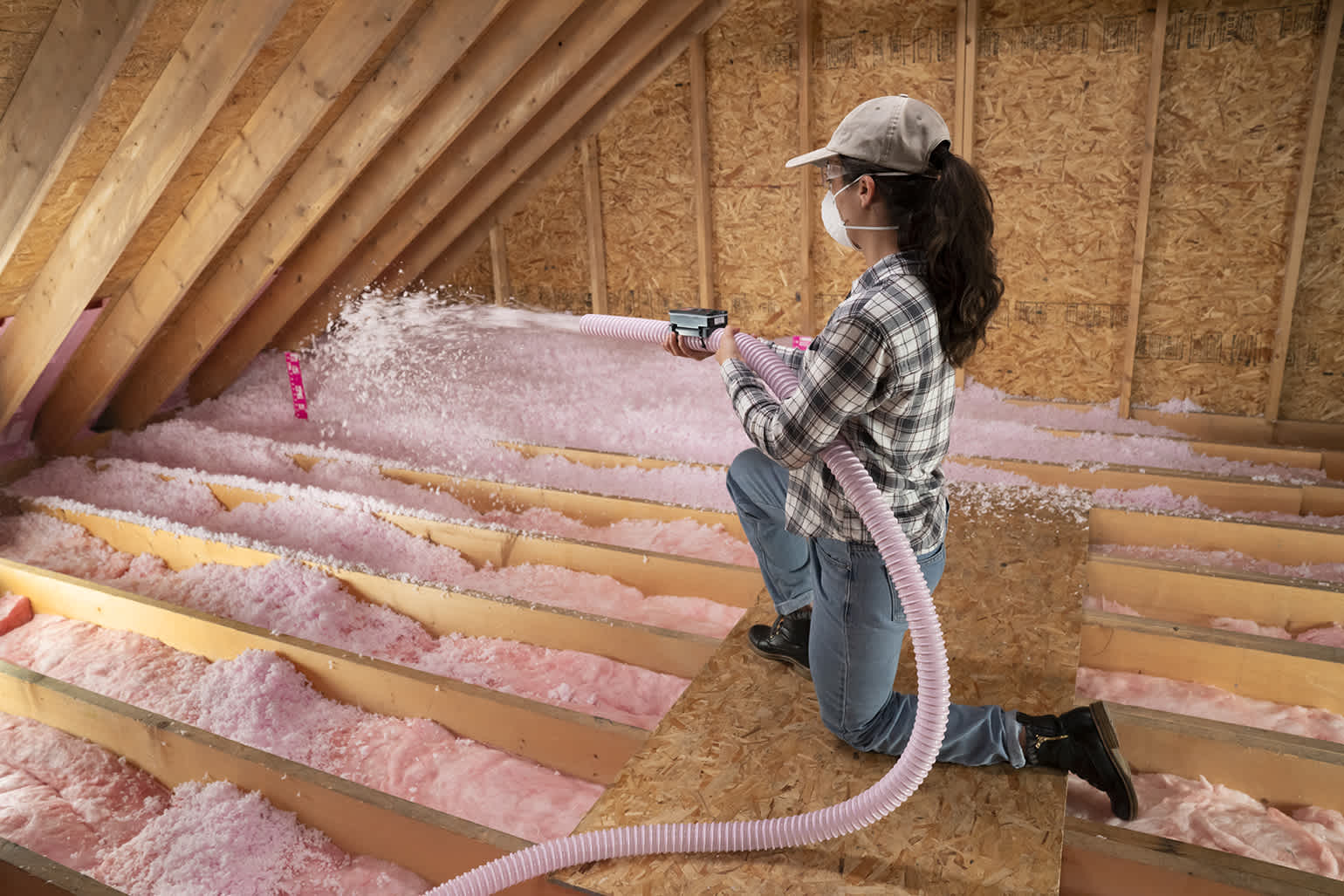
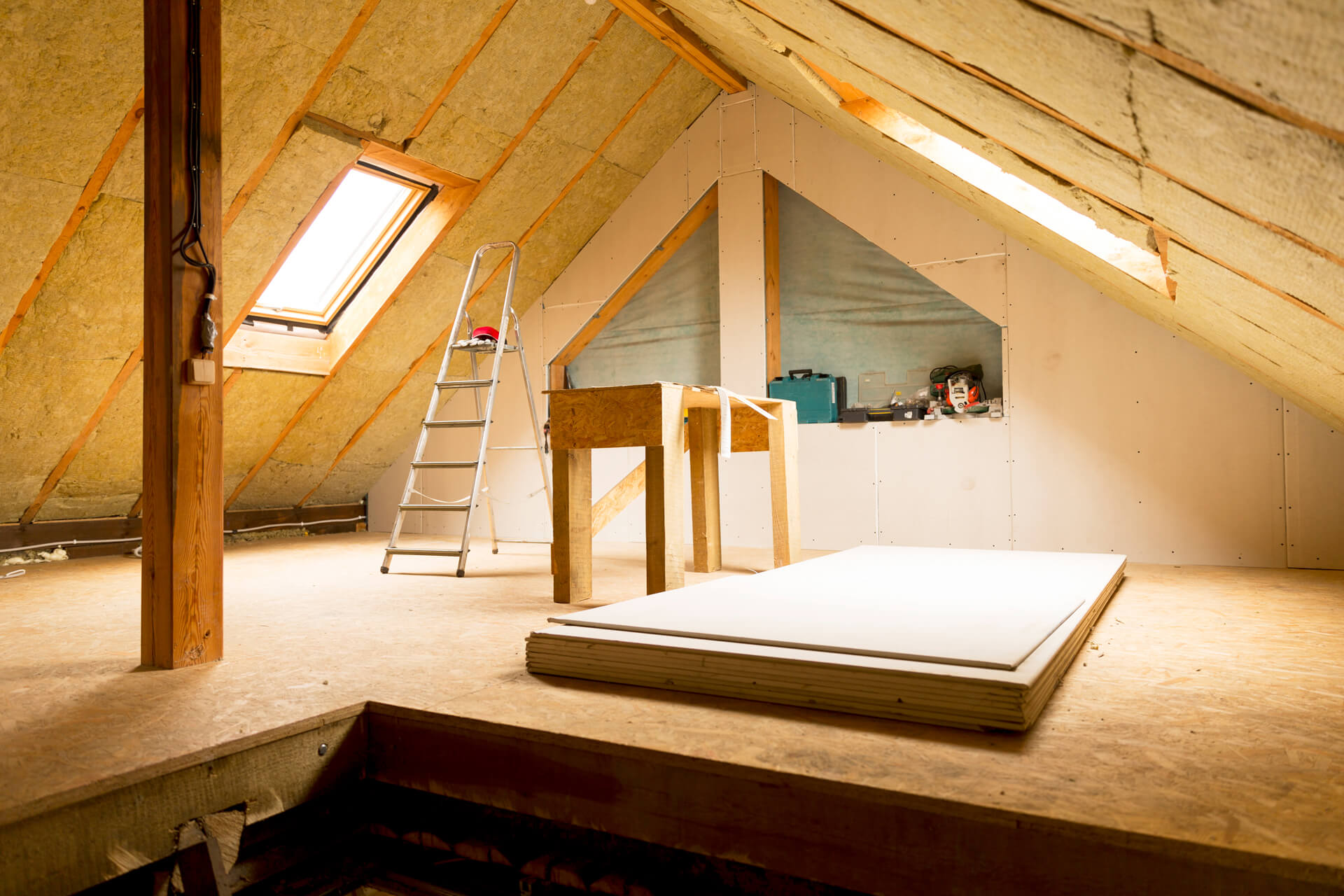
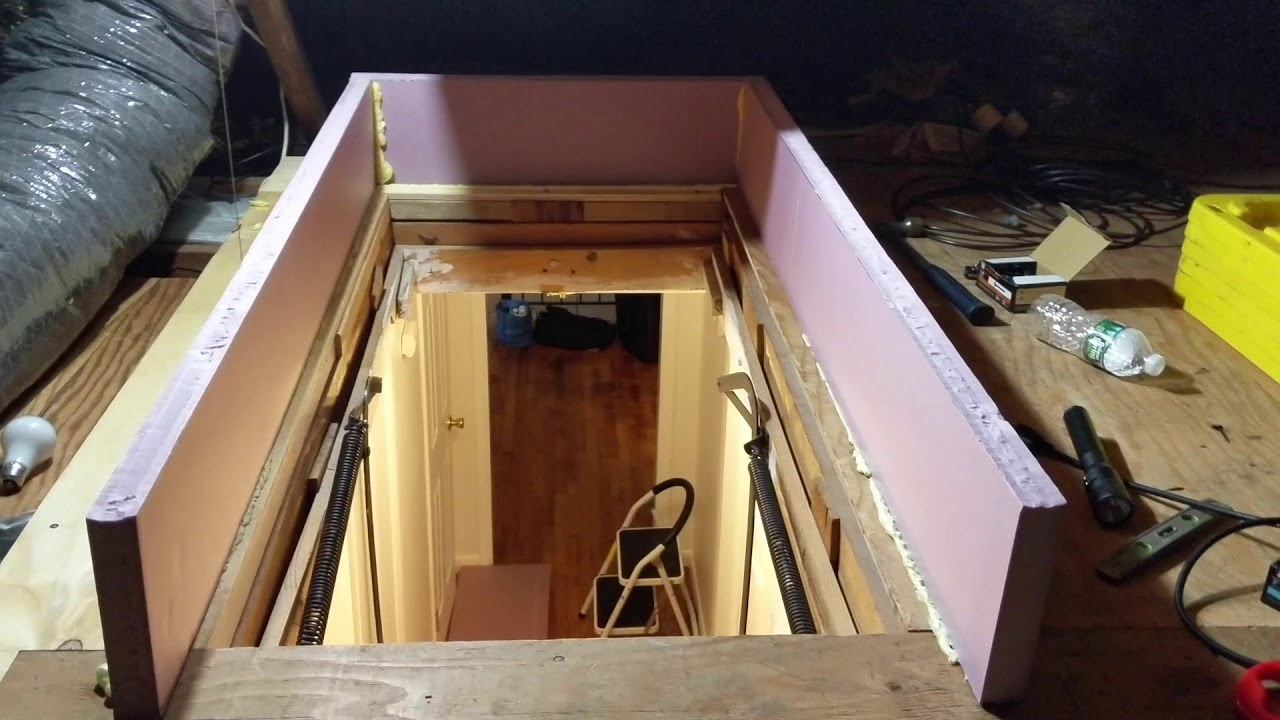
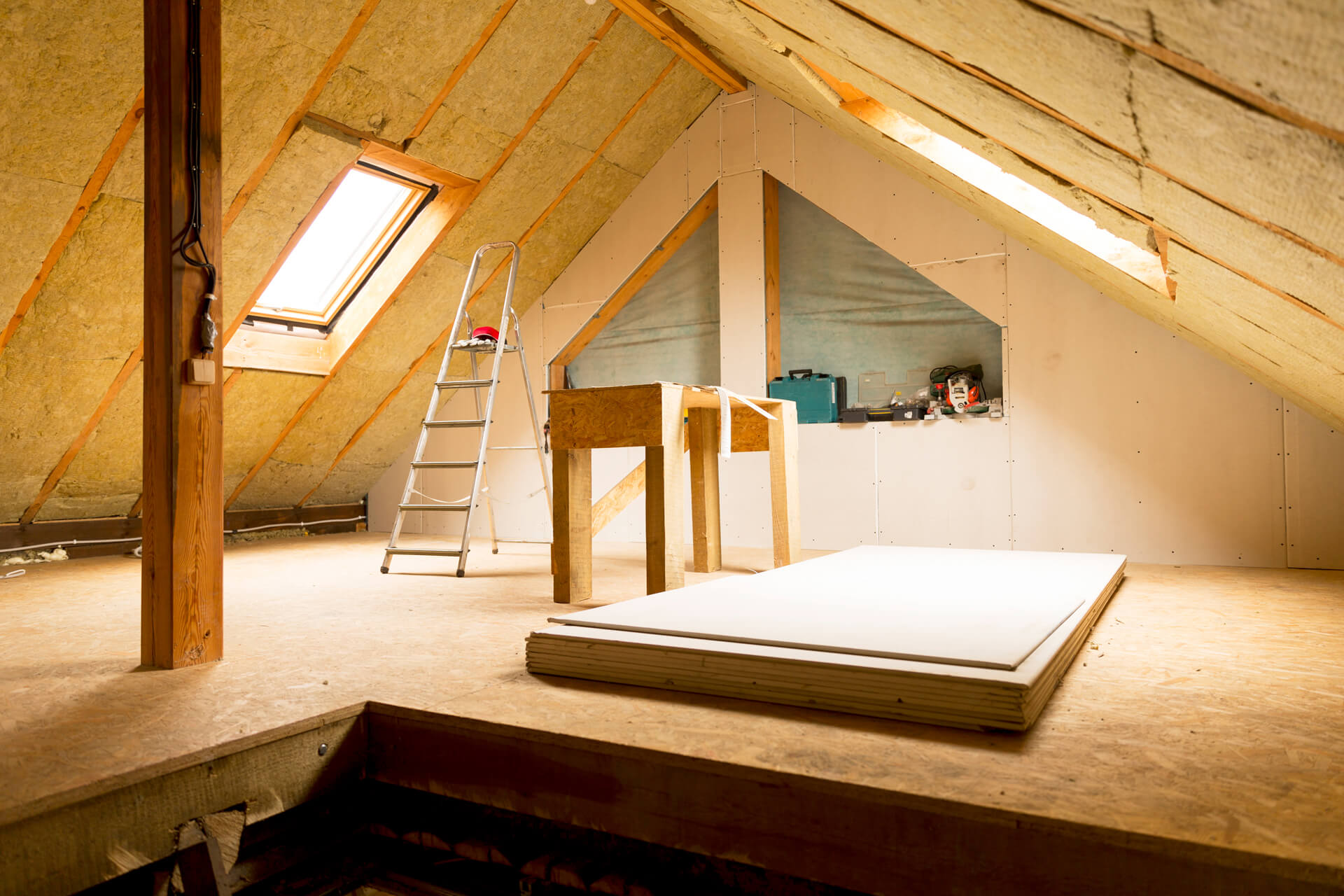
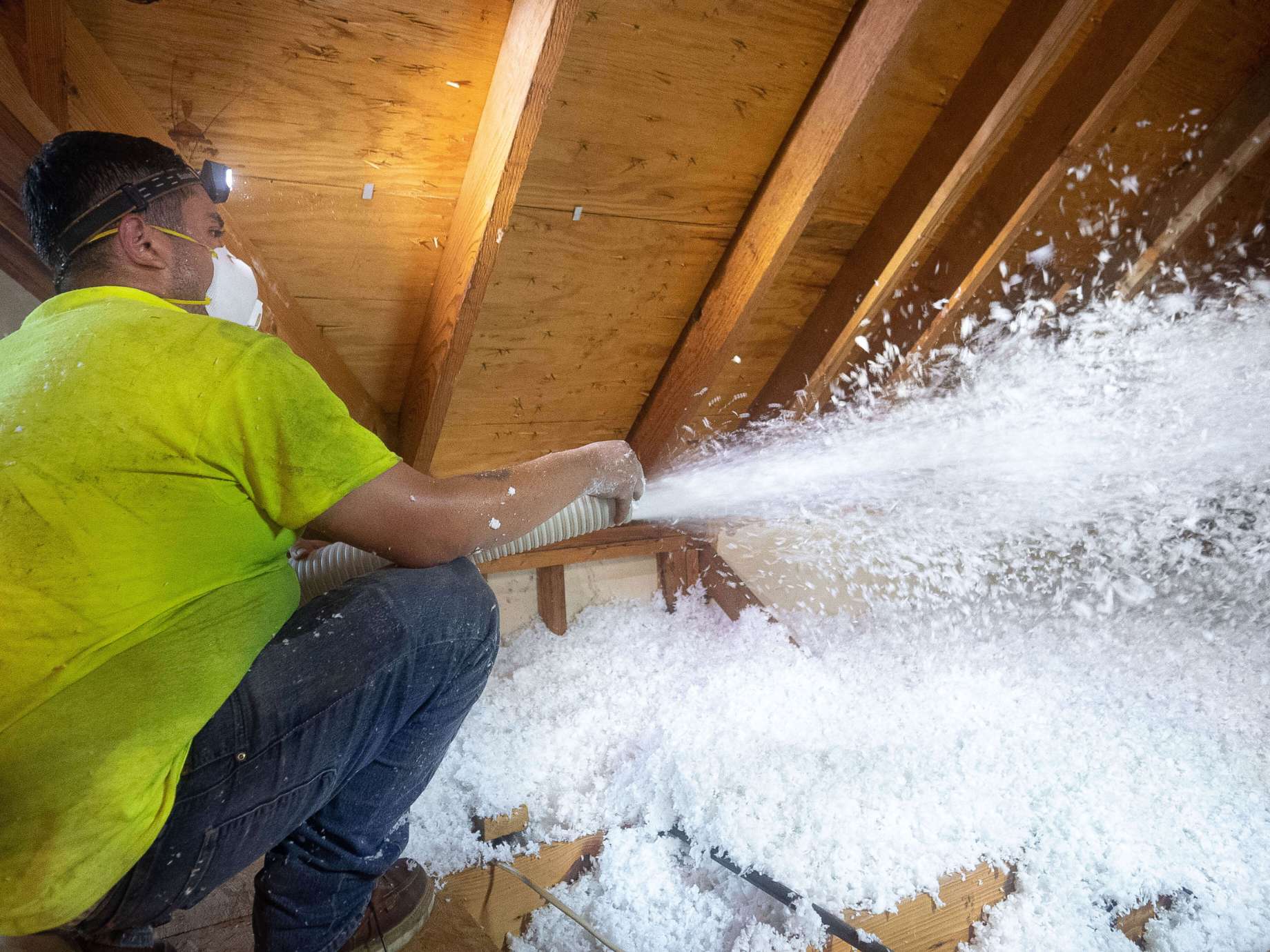
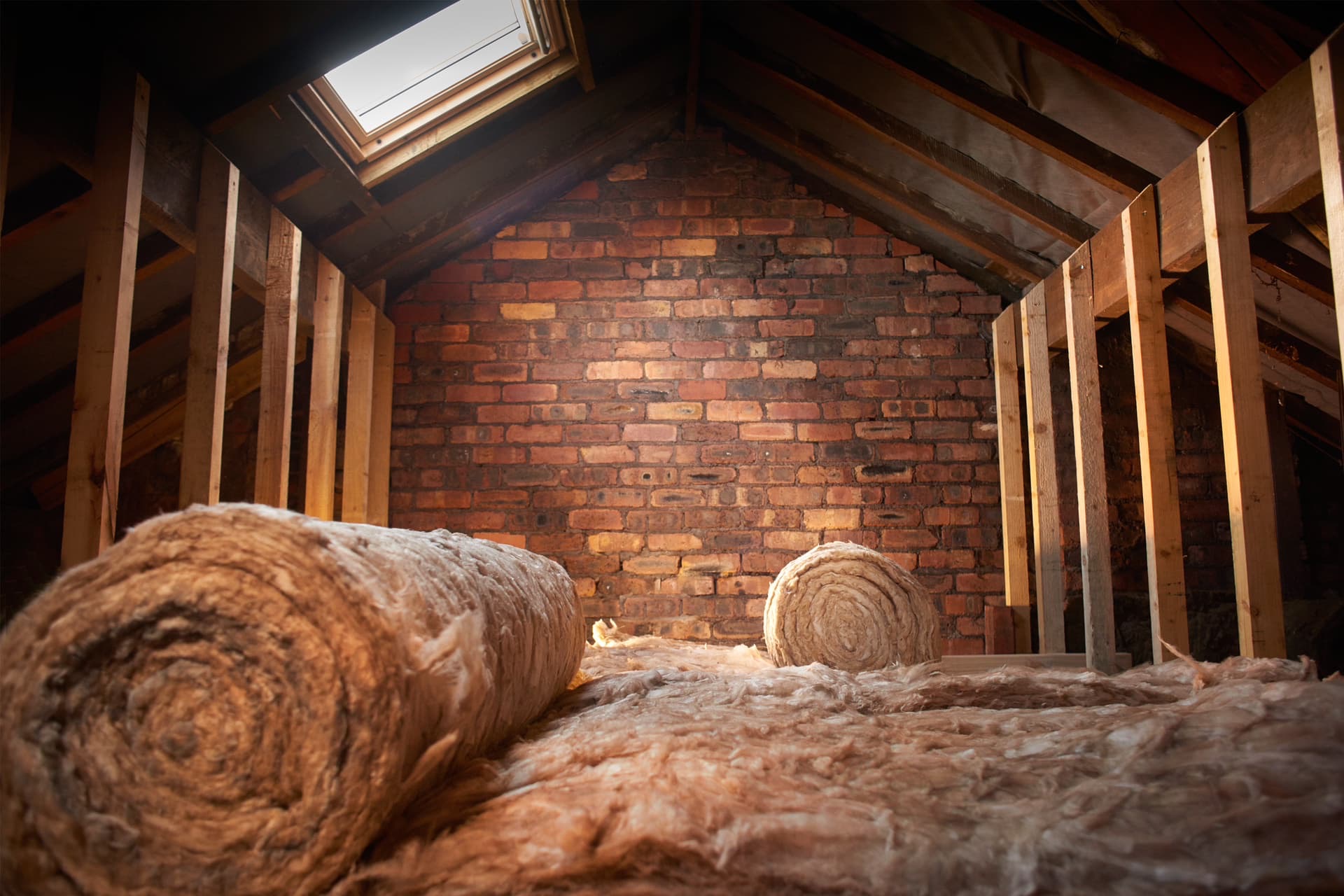

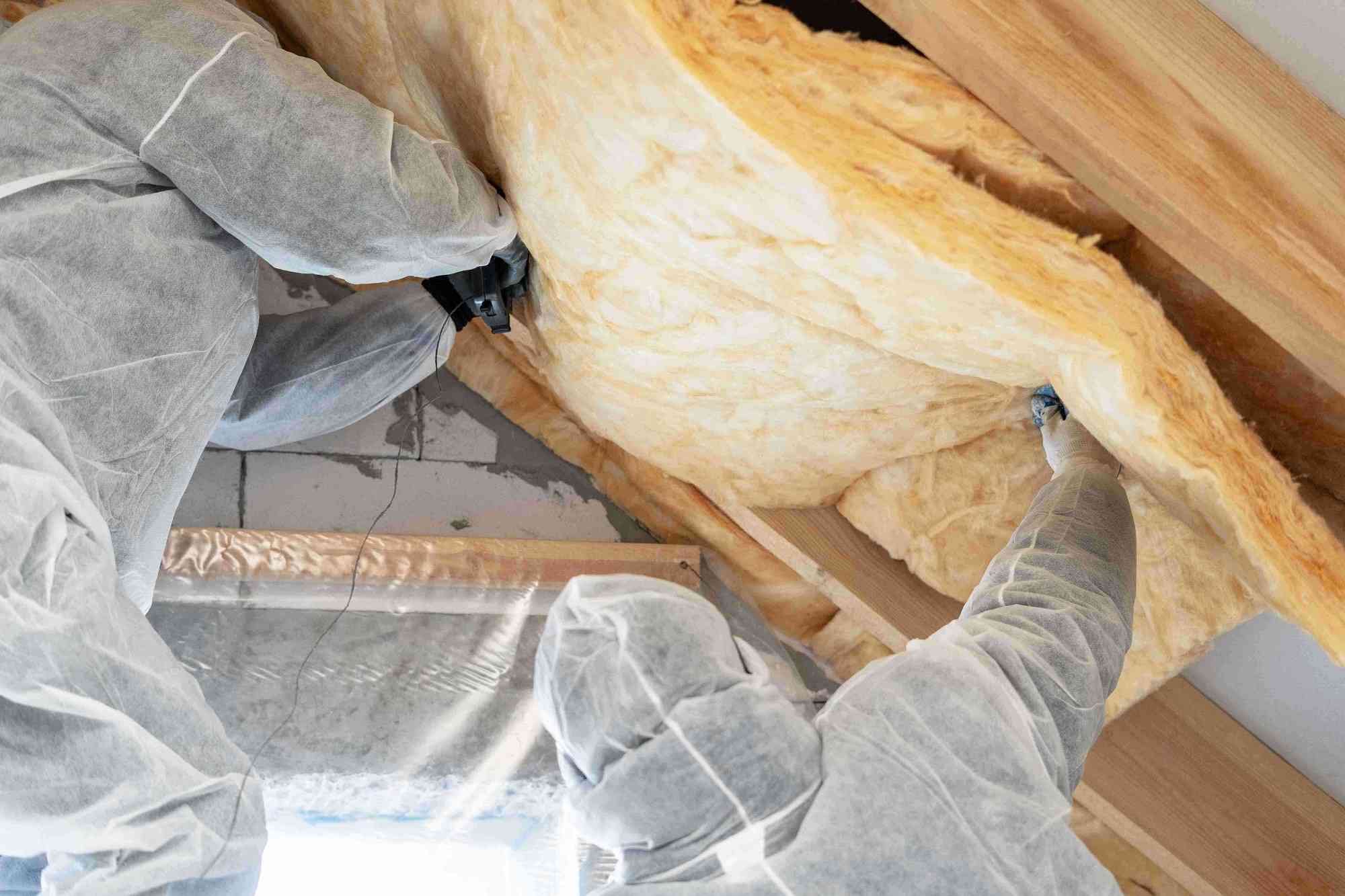


0 thoughts on “How Many Inches Of Insulation Should Be In An Attic”